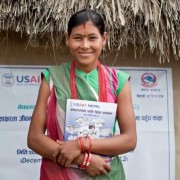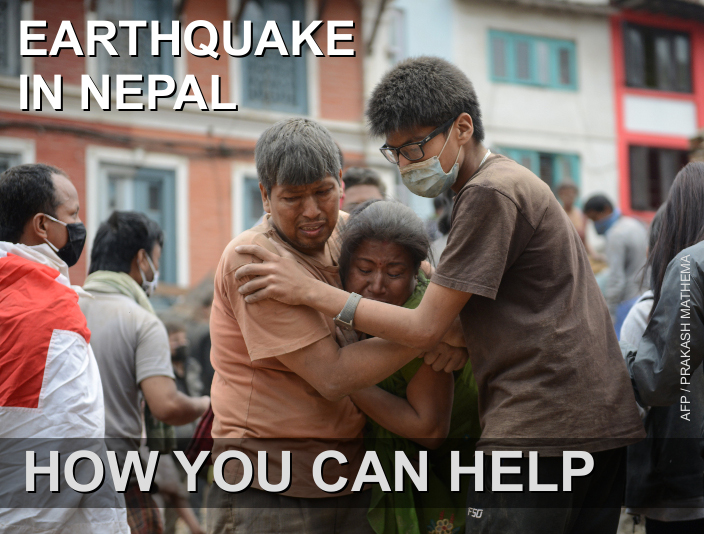PEER aims to enhance the disaster response capacity of local, regional, and national disaster management agencies.
The project aims to reduce the number of deaths and injuries and the negative socio-economic impact caused by disasters by building the response capacity of the Nepal Red Cross Society (NRCS) and communities in Nepal.
The Health Communication Capacity Collaborative (HC3) project aims to strengthen the institutional and technical capacity of the National Health Education Information Communication Centre, Ministry of Health and Population to design, implement and evaluate Social Behavior Change and Communication (SBCC) programs for family planning.

The U.S. Agency for International Development (USAID) will build the skills of 48,000 Nepalis in the west, mid-west and far-west regions in literacy, numeracy, entrepreneurship, financial management, and life skills as part of a new, three-year, $4 million Business Literacy project. The project is part of the U.S. Government’s five-year, $66 million Feed the Future Initiative in Nepal that aims to raise incomes and improve livelihoods for vulnerable households.
Nepal is a severely food deficit country struggling to recover from a decade-long civil war. With an estimated GDP per capita of $524 (FY 2010), Nepal remains one of the poorest countries in South Asia, with about 25 percent of Nepalis living below the international poverty line of $1.25/day. According to the Nepal Demographic Health Survey, the rate of stunting among under-five children is 41 percent, wasting is 11 percent and underweight is 29 percent, reflecting widespread chronic malnutrition.











Comment
Make a general inquiry or suggest an improvement.